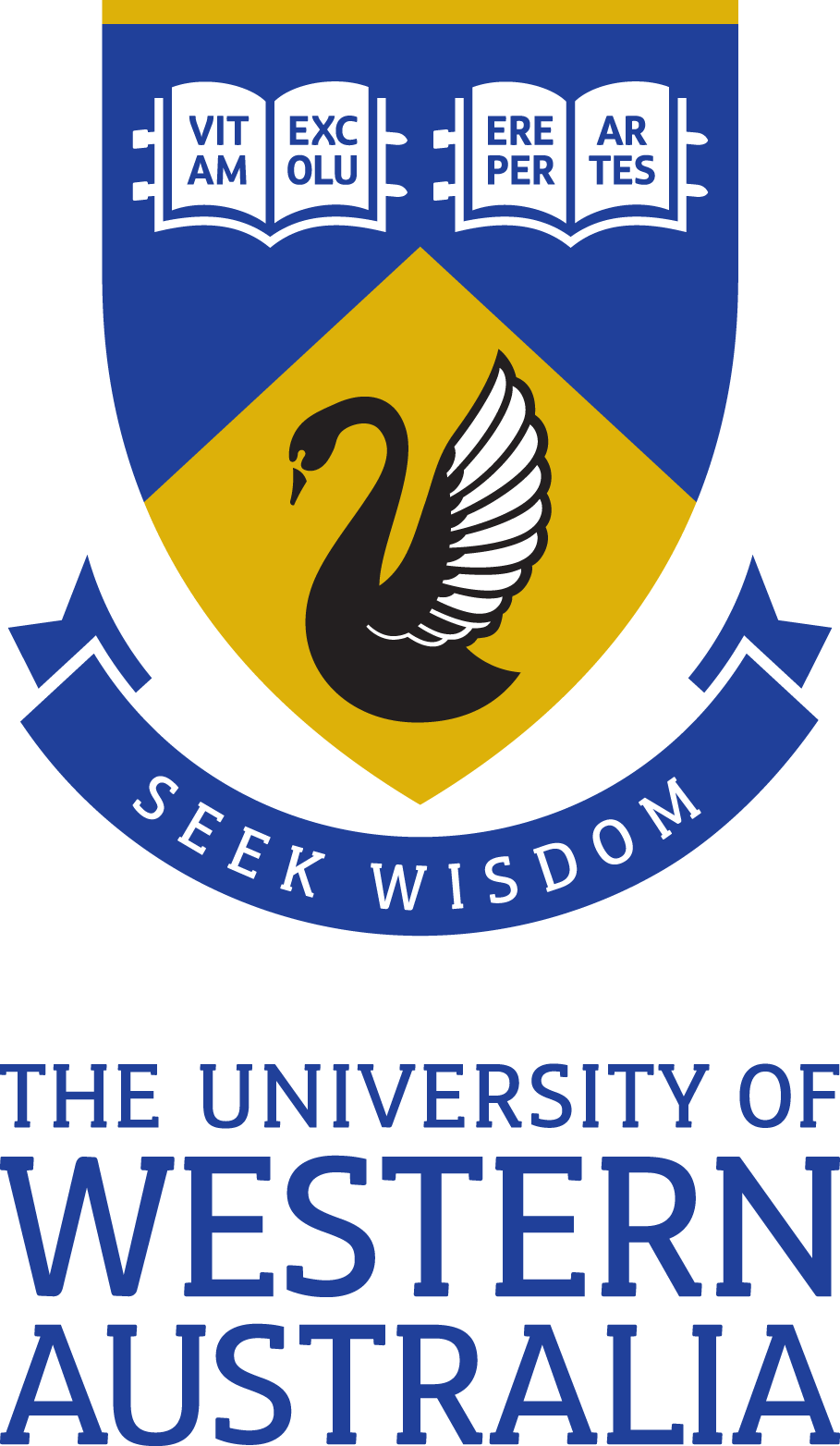Full description
We present adaptive optics assisted integral field spectroscopy of 34 star-forming galaxies at z = 0.8-3.3 selected from the HiZELS narrow-band survey. We measure the kinematics of the ionized interstellar medium on ˜1 kpc scales, and show that the galaxies are turbulent, with a median ratio of rotational to dispersion support of V / σ = 0.82 ± 0.13. We combine the dynamics with high-resolution rest-frame optical imaging and extract emission-line rotation curves. We show that high-redshift star-forming galaxies follow a similar power-law trend in specific angular momentum with stellar mass to that of local late-type galaxies. We exploit the high resolution of our data and examine the radial distribution of angular momentum within each galaxy by constructing total angular momentum profiles. Although the stellar mass of a typical star-forming galaxy is expected to grow by a factor ˜8 in the ˜5 Gyr between z ˜ 3.3 and z ˜ 0.8, we show that the internal distribution of angular momentum becomes less centrally concentrated in this period; that is, the angular momentum grows outwards. To interpret our observations, we exploit the EAGLE simulation and trace the angular momentum evolution of star-forming galaxies from z ˜ 3 to z ˜ 0, identifying a similar trend of decreasing angular momentum concentration. This change is attributed to a combination of gas accretion in the outer disc, and feedback that preferentially arises from the central regions of the galaxy. We discuss how the combination of the growing bulge and angular momentum stabilizes the disc and gives rise to the Hubble sequence.Notes
External OrganisationsDurham University; European Southern Observatory; Royal Observatory; Isaac Newton Group of Telescopes; Swinburne University of Technology; University of Hertfordshire; ARC Centre of Excellence for All-sky Astrophysics; Universidad de Valparaíso; Universidad de Chile; Leiden University; Lancaster University
Associated Persons
Steven Gillman (Creator); A. M. Swinbank (Creator); A. L. Tiley (Creator); Chris M. Harrison (Creator); Ian Smail (Creator); U. Dudzevičiūtė (Creator); R. M. Sharples (Creator); P. N. Best (Creator); R. G. Bower (Creator); R. Cochrane (Creator); D. Fisher (Creator); J.E. Geach (Creator); K. Glazebrook (Creator); Edo Ibar (Creator); J. Molina (Creator); Matthieu Schaller (Creator); D. Sobral (Creator); Sarah M. Sweet (Creator); James W. Trayford (Creator)
Steven Gillman (Creator); A. M. Swinbank (Creator); A. L. Tiley (Creator); Chris M. Harrison (Creator); Ian Smail (Creator); U. Dudzevičiūtė (Creator); R. M. Sharples (Creator); P. N. Best (Creator); R. G. Bower (Creator); R. Cochrane (Creator); D. Fisher (Creator); J.E. Geach (Creator); K. Glazebrook (Creator); Edo Ibar (Creator); J. Molina (Creator); Matthieu Schaller (Creator); D. Sobral (Creator); Sarah M. Sweet (Creator); James W. Trayford (Creator)
Created: 2019-03-15 to 2019-03-15
Issued: 2019-06
User Contributed Tags
Login to tag this record with meaningful keywords to make it easier to discover
Identifiers
- DOI : 10.1093/MNRAS/STZ765

- global : 402b5c48-423a-4ab5-96e5-856b8f74eff2


